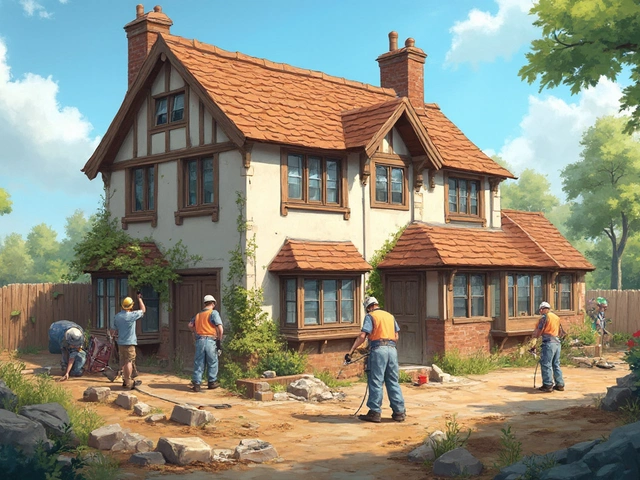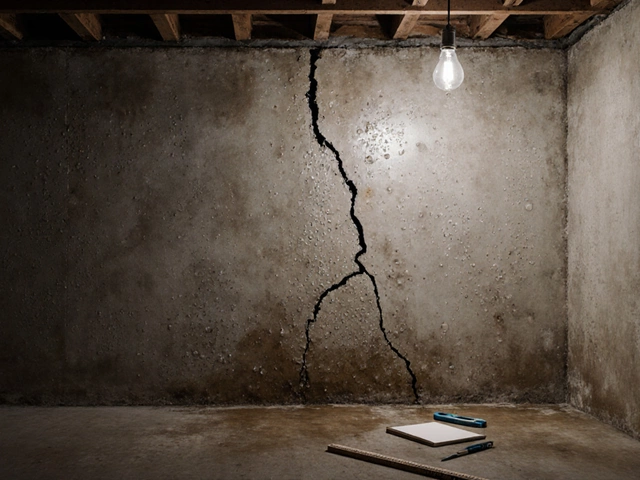Drywall Cracks: Spot, Fix, and Prevent Them
Notice a hairline line popping up on your living‑room wall? It’s probably a drywall crack, and you don’t need a pro to handle it. With a few everyday tools and a bit of know‑how, you can make that crack disappear and keep it from returning.
Common Causes of Drywall Cracks
Drywall cracks show up for three main reasons. First, the house settles over time, especially after new construction or after big temperature swings. Second, moisture can cause the plaster to expand and then shrink when it dries, leaving a line. Third, poor installation—like nails placed too far apart or using cheap joint compound—creates weak spots that crack when the wall moves.
Understanding the cause helps you pick the right fix. If the crack follows a straight line across a ceiling joist, it’s usually settlement. If it’s jagged and appears near a window, moisture may be the culprit.
Step‑by‑Step Repair Guide
1. Gather your tools. You’ll need a utility knife, sanding block, drywall tape (paper or mesh), a small bucket of joint compound (a limestone‑based filler works well for a smooth finish), a putty knife, and a clean cloth.
2. Clean the crack. Use the utility knife to cut away any loose paper or plaster. Wipe the area with a damp cloth so dust won’t interfere with the compound’s adhesion.
3. Apply tape. For cracks wider than a hairline, place drywall tape over the gap. Paper tape needs a thin coat of compound underneath; mesh tape can be stuck directly onto the wall.
4. Spread joint compound. Using the putty knife, spread a thin layer of compound over the tape. Press firmly to push the tape into the joint. Let it dry for the time the product recommends (usually 24 hours for deep fills).
5. Sand and repeat. Lightly sand the dried layer with a fine‑grit block. Apply a second, wider coat of compound to blend the repair into the surrounding wall. Once dry, sand again until the surface is flush.
6. Finish the surface. Wipe away dust, then prime the repaired spot. Paint to match the rest of the wall. If you’re using a limestone‑based joint compound, it primes itself, saving a step.
Most cracks can be sealed in a day, but give the final coat at least a few hours to harden before touching the wall.
Prevent future cracks by keeping humidity stable (aim for 40‑60 % inside), sealing exterior walls, and using quality materials during any remodel. When you’re ordering joint compound or drywall from Lime Hillock, ask for the premium limestone filler – it’s stronger and less prone to shrinkage.
Got more cracks or a bigger problem like sagging drywall? That could mean underlying structural issues, and a qualified builder or structural engineer should take a look. But for most everyday hairline cracks, the steps above will restore a smooth, clean wall without breaking the bank.
How Much Cracking Is Normal in a New Build? Honest Answers from the Start

Buying a new home feels great, but discovering cracks can freak anyone out. This article tells you which types of cracking in new builds are actually normal, which are red flags, and what you should do if you spot them. You'll learn why these cracks appear, what to watch for, and how to handle repairs without losing sleep. Get tips from a dad and homeowner in Halifax who’s seen it all. Don't panic—get the facts first.
read more



